Arabesques: A tale of double lives
Picador, $49.99 hb, 310 pp hb, 9780330424059
Arabesques: A tale of double lives by Robert Dessaix
Who is, or rather who was, André Gide? I ask this because a distinguished editor warned me, on hearing that I was about to review Robert Dessaix’s enticing new book, that nowadays nobody would remember who Gide was. Ah, the years, the years!
It was another story in the time of my youth. When I was playing out my student days, you couldn’t help knowing about Gide. He was part of the flavour of the time, like Woolf and Auden, Camus and Faulkner. When you were solemnly Kafking or Lorcing over coffee, he was part of the stuff of conversation. But in different ways: my closest undergraduate friend was absorbed by the lyrical Gide, by La porte étroite (1909) and La symphonie pastorale (1919), whereas I liked the hard modernism of Les caves du Vatican (1914) and Les faux-monnayeurs (1926), particularly the latter. Above all, I have been fascinated for decades by the very last sentence of that book: ‘I shall be curious to know Caloub.’ The proleptic Caloub has kept on haunting me, not least because this is such a cagey way to end a novel, looking forward to the New Wave filmmakers. After all, our appetites are not always satisfied by closure. As readers we can enjoy the sense of something still throbbing at our nerve-tips.
Another matter all this brings to mind is proper conduct with the titles of books that one has read translated into English: should we call this novel The Coiners, after all? Or even, to pick up John Hollander’s old point about the definite article, Coiners? Again, which titles are they that one feels like keeping in the parent language, rather than knowing them readily by their making over into our own tongue, Stendhal’s La Chartreuse de Parme (1839) mainly goes that way, for example, but not Camus’s The Outsider (L’étranger, 1942).
Continue reading for only $10 per month. Subscribe and gain full access to Australian Book Review. Already a subscriber? Sign in. If you need assistance, feel free to contact us.



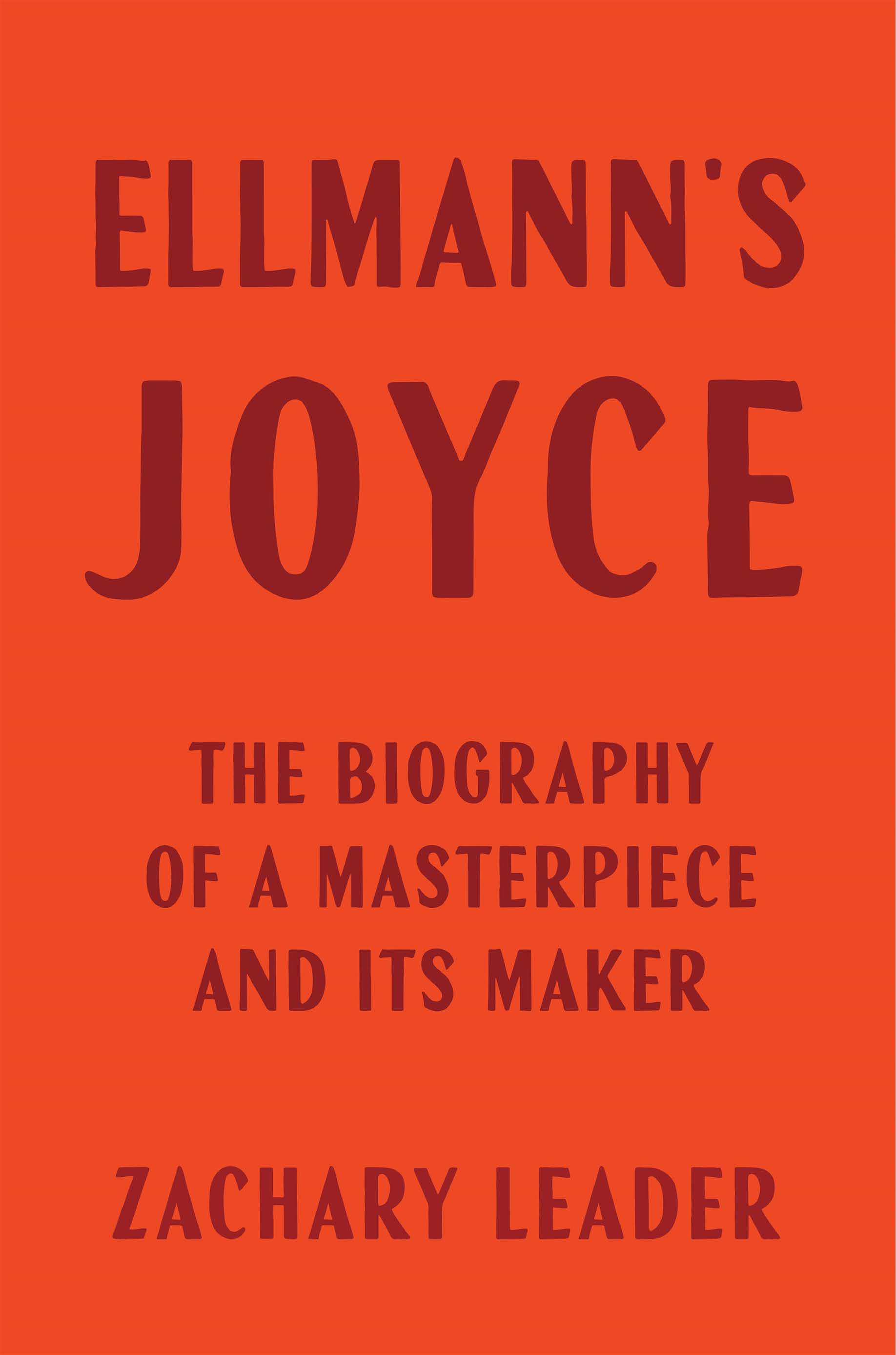

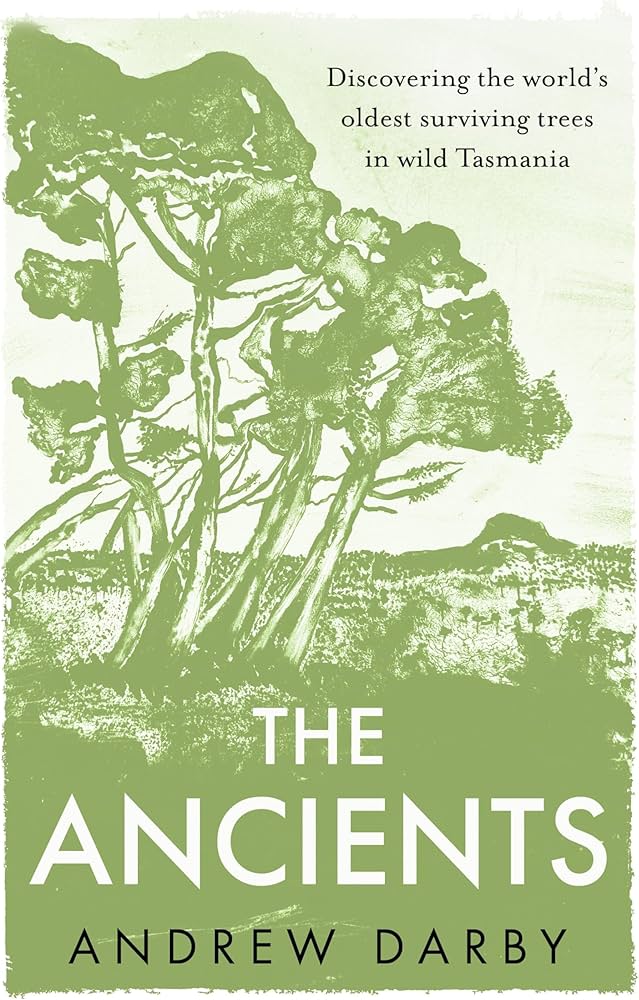


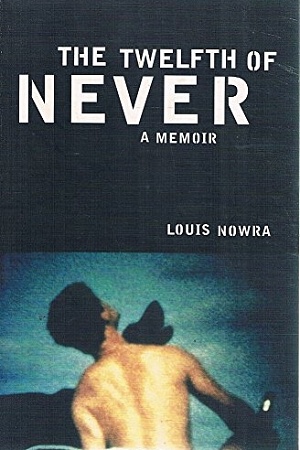
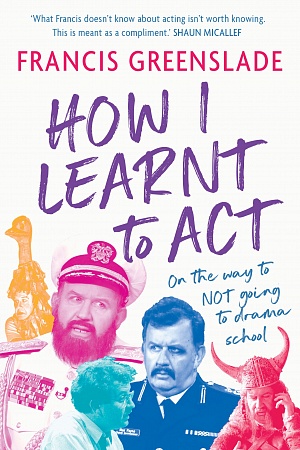


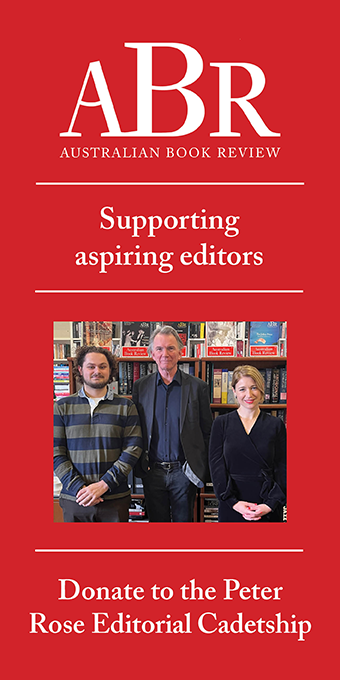


Leave a comment
If you are an ABR subscriber, you will need to sign in to post a comment.
If you have forgotten your sign in details, or if you receive an error message when trying to submit your comment, please email your comment (and the name of the article to which it relates) to ABR Comments. We will review your comment and, subject to approval, we will post it under your name.
Please note that all comments must be approved by ABR and comply with our Terms & Conditions.